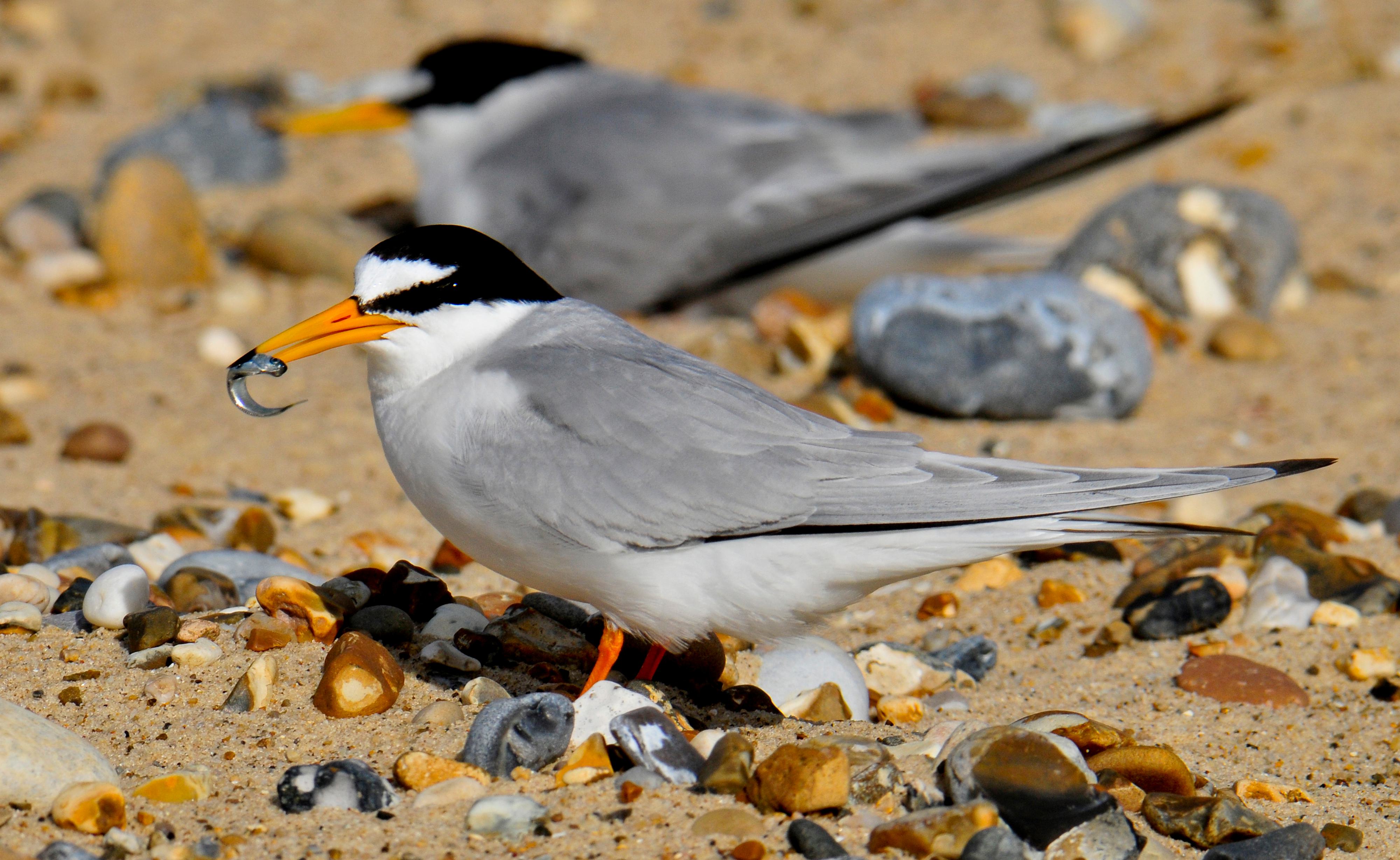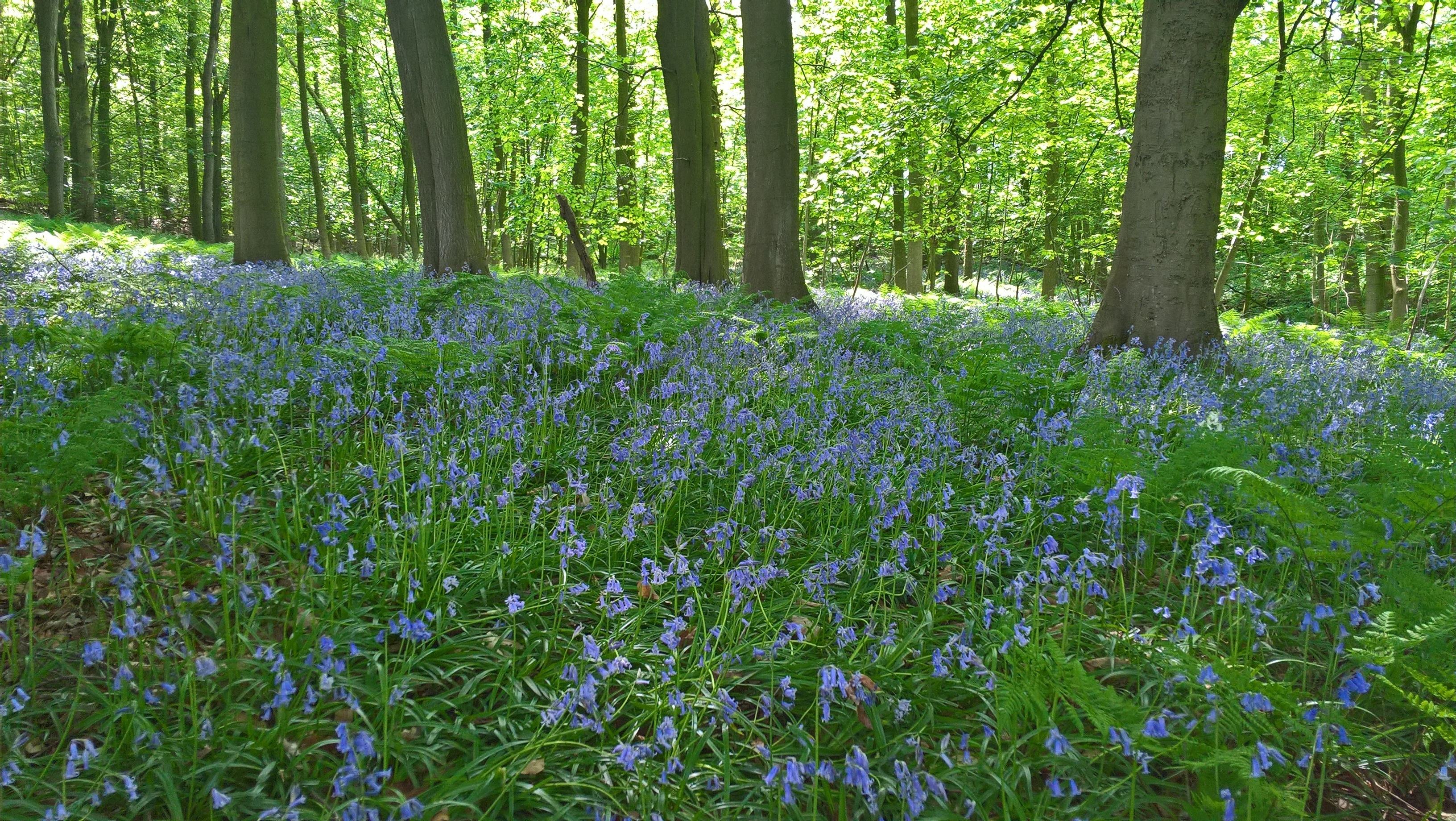Setting ambitious targets is the easy bit - now we want to deliver
The end of January 2024 saw a nature ‘moment’ when Defra made four key announcements. Important bans on sand eel fishing and bottom trawling in some Marine Protected Areas took the media spotlight, and a welcome £7m was awarded to projects to improve lowland peat soils. But the release of the long-awaited Targets and Outcomes Framework will have a great impact on the work of National Landscapes Partnerships. The National Landscapes Association's Bruce Winney explains what it all means for our teams.
On 31 January 2024, the UK Department for Environment, Food and Rural Affairs (Defra) published the Protected Landscapes Targets and Outcomes Framework - this allocates a large proportion of the Environmental Improvement Plan national targets to Protected Landscapes (National Landscapes and National Parks).
This means that, from now on, individual Protected Landscapes will need to embed targets for their Protected Landscape area in their future Management Plans. Add to that the recent Levelling-up and Regeneration Act 2023, with a new duty that means relevant authorities (other than devolved Welsh authorities) ’must seek to further the purposes’ of the Protected Landscapes. This is much stronger than before and has the potential to help organisations work together in a much better way.
The same Act also creates a much stronger link between the Management Plans and the Environmental Improvement Plan targets, meaning that the work to deliver the Protected Landscape Management Plans will become key to meeting the targets.

A joined up approach across all protected landscapes holds huge potential for nature recovery
Looking beyond the targets, Protected Landscapes have potential to form the backbone of nature’s recovery in the UK – connecting spaces for nature within and beyond their boundaries. But, there is currently a mismatch between the level of ambition in most of the targets and funding for the substantial on-the-ground partnership working, action and advice that will be required to meet them.
Let's look at the targets

Ten targets were announced
Three (1, 7 & 8) are for all 44 English Protected Landscapes combined and will need to be split between them, whilst the others should apply equally to each one. Crucially, if targets are set, there needs to be a way of measuring them and Defra and Natural England will release a set of data annually to track progress.
Let’s look at some numbers from a nature recovery point of view, and there definitely is a bias with 7 of the 10 targets contributing to nature recovery.
There are two related targets for SSSIs. Protected Landscapes cover 25% of England and hold 67% of England’s SSSIs and these, along with other Designated Sites should form the heart of 30by30 (30% of land and sea managed for nature by 2030). However, most SSSIs are on private land and good incentives will be required for landowners to look after them, along with strong repercussions if they don’t. In National Landscapes, only 34% of SSSIs are currently in favourable condition so there is a lot of work to do.
Outside SSSIs, Target 1 counts for half the national target for creating and restoring wildlife-rich habitats. With Protected Landscapes holding 49% of England’s priority habitat (‘habitats which are of principal importance for the purpose of conserving biodiversity’), this makes sense.
Given that there is 311,000 hectares of peat (46% of England’s deep peat) in Protected Landscapes, restoring 130,000 hectares by 2050 sounds good. But the England Peat Action Plan is aiming to restore 280,000 hectares by 2050 (as set out in the Environmental Improvement Plan) and most of the rest is found in heavily farmed East Anglia. Perhaps the Protected Landscapes should be more ambitious.

The tree canopy target is certainly ambitious. Protected Landscapes hold 34% of England’s broadleaved trees (for nature recovery, most monoculture conifer woodlands in England are not, in reality, good for biodiversity) and this target means that around 96,000 hectares of trees need to be planted by 2050. This will be a challenging target and it is equally important that similar efforts are made outside Protected Landscapes. At least it includes trees outside woodland, so trees in hedgerows, towns and agroforestry can count.
Target 4 is a bit of a weird one. It is meant to make sure that the wildlife-rich areas from Target 1 are managed long-term, which is a commendable aim and fits in with the 30by30 goals. However, some nuance is needed because not all agri-environment schemes are appropriate. Grant funding and private finance will also fund management of priority habitat and they are not traditionally thought of as agri-environment schemes.
Getting land managers to adopt nature friendly farming is a no-brainer and is the glue that should make 30by30 work. Target 5 is a good start but we need to go beyond 2030 and aim high. How about 80% of farmers adopting nature-friendly practices on all their land by 2050?
A big caveat: this framework allows the peat and woodland targets to count towards Target 1, which means that, in theory, we may only need to find a further 26,000 hectares of wildlife-rich land rather than 250,000 hectares. That would be distinctly unambitious and the National Landscapes won’t be double counting our targets.
Now for the hard bit...
Setting ambitious targets is easy. Delivering them will be much harder. They will require Protected Landscapes teams to deliver, via Management Plans, unprecedented levels of coordination and collaboration between landowners, land managers, relevant authorities, and the people living and working in these landscapes.
There remains a crucial opportunity in the Levelling-up and Regeneration Act. It enables the Secretary of State to refine and clarify how the new duty will apply to relevant authorities in new secondary legislation. If this legislation could help the new duty to be strongly and thoroughly applied then this effect could cascade through the actions of relevant authorities to not only meet the targets, but to really turn things around for UK nature.
In short, make sure the targets are ambitious, fund people to work together, fund much more work on the ground (many more peatland projects and projects for other habitats please), make sure the new duty works and we have a chance…
